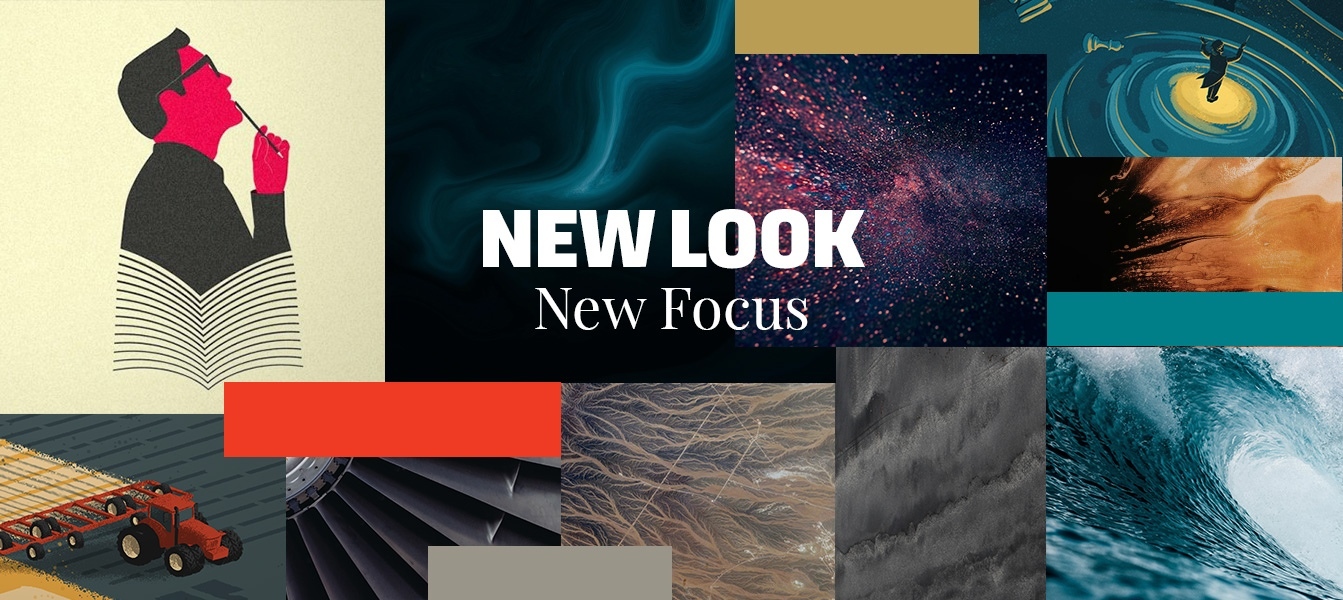
Less is More: Being Intentional With Your Digital Footprint
We’re living in the age of digital bloat. As new websites, social media accounts and other digital platforms are added, an organization’s digital footprint tends to grow over time.
This collection of digital tools and assets is your digital ecosystem, which represents every potential digital interaction your customers may have with your organization. This could include search, social media, websites, blog content, email, mobile apps and more.
Unfortunately, organizations are prone to adding — often, without much thought to strategy. For example, a new product line may lead us to develop a new microsite, then the CEO wants to start tweeting, some new marTech (Marketing Technology) product catches our eye, and then someone in marketing has an idea for an email newsletter. All of a sudden, we have four new touchpoints that lack any strategic commonalities. And as these digital assets age, we can lose sight of their intended purpose, and our efforts often become misdirected or abandoned.
When focus is lost or efforts are abandoned, these digital touchpoints often end up detracting from our brand, rather than adding to it. For example, when a customer sees an abandoned social media account, finds outdated content on your website, or signs up for a newsletter that is never delivered, their perception of your brand can be significantly tainted.
This is why it’s crucial to take the time to review your digital portfolio and understand how each touchpoint contributes to the broader customer experience. This holistic approach can be incredibly valuable by helping us take a step back and think intentionally about where our efforts and investments can make the biggest impact.
This process of assessing your current digital footprint and intentionally planning your investments is called a digital ecosystem roadmap.
To develop a digital ecosystem roadmap, you must take three critical steps:
1. Audit your current digital footprint
The first step is to take stock of the current state of your digital tools and assets. This includes reviewing all websites, microsites, landing pages, mobile apps, social media accounts, digital platforms and other online initiatives.
It is important to understand how each of these contribute to the holistic customer experience. I like to think of the customer journey when assessing digital activities – what role does each touchpoint play in acquisition (marketing), engagement (sales) or satisfaction (service)? If a part of the digital ecosystem isn’t clearly contributing to the customer experience, then it needs to be closely examined.
2. Define your ideal future digital ecosystem
This is an exercise in clarifying the vision for the ideal future state of your digital ecosystem. It’s best to ignore any current activities or investments so as to avoid the sunk cost fallacy (continuing a behavior or effort as a result of previously invested resources).
In defining your ideal future ecosystem, we want to again think about the customer journey: How do we want our current and prospective customers to interact with our brand in a digital environment?
This strategic vision of the digital ecosystem may be difficult to attain (at least, in the short term), but it provides direction to all of our future efforts. All future decisions about how we approach and invest in our digital efforts are vetted by this vision of the future state.
3. Develop a plan to move from current to future state
With a current and future state defined, you simply need to draw the lines between the two. There are likely platforms that need to be improved, assets that need to be shut down, and tools that need to be augmented. This can’t happen overnight. Instead, you need to prioritize your efforts and have a phased approach for moving from current to future state.
The purpose of this digital ecosystem roadmap is to allow you to think both strategically and holistically about your digital efforts. Rather than spreading your efforts and investments, the roadmap allows you to focus on the areas of your digital portfolio that will lead to the best return on investment.
To learn about the 7 crucial elements of any digital ecosystem, download our Growing Digital eBook.
Up Next
